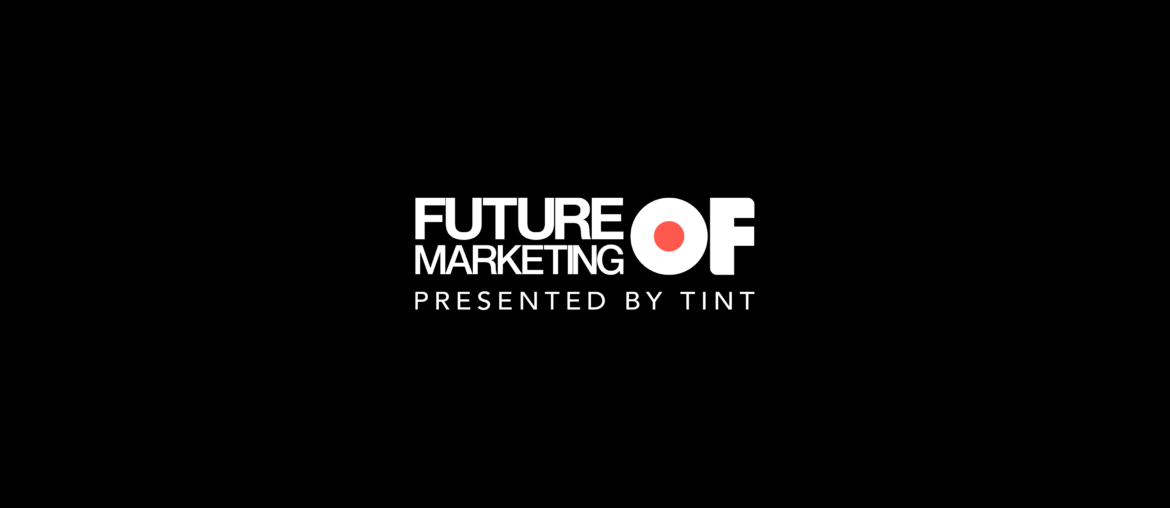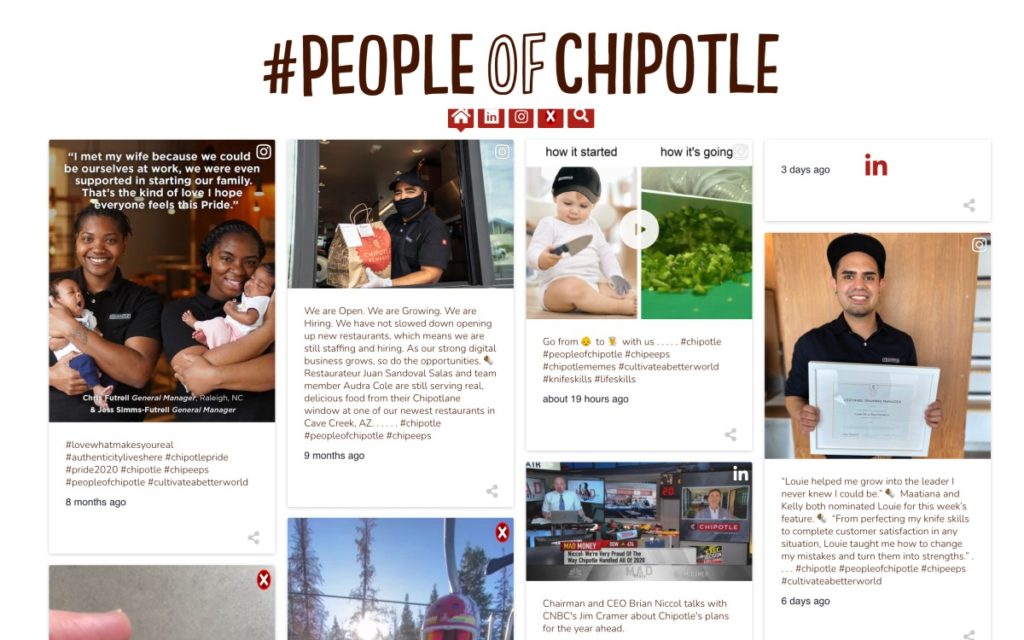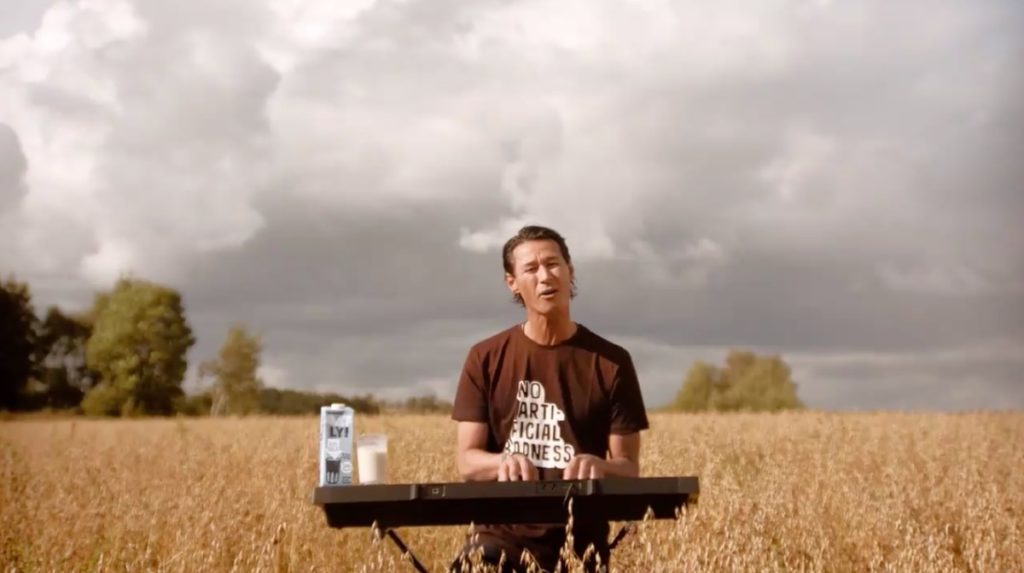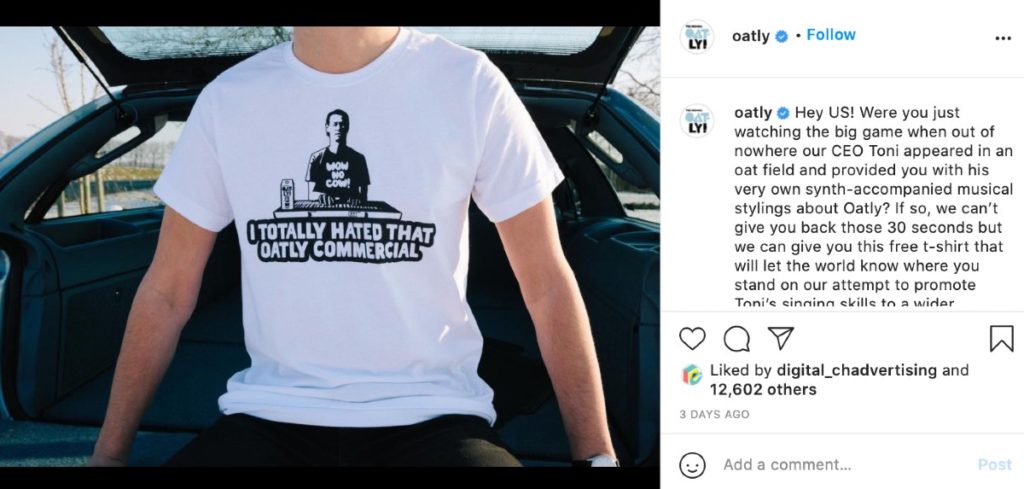This content originally appeared on February 11, 2021 as part of the Future of Marketing weekly email series. Subscribe here.
Welcome to Future of Marketing.
Each week, we send you the most relevant trends, resources, and strategies in social and user-generated content (UGC) from leading marketers and brands around the globe.
Today, we’re discussing…
- Using the influence of employees
- The power of word-of-mouth marketing
- Oatly’s Super Bowl 2021 commercial
Internal influencers
Brands like Chipotle and Cisco use employee-generated content (EGC) to highlight their culture, team, and recruit top talent. Other companies are using EGC to share important updates… like that time Taco Bell turned their CEO into a potato.
From thought leadership content to memes, 54% of marketers reported their organization is already using EGC for internal communications.
EGC can position your team as thought leaders or experts within your organization and industry.
It happens naturally every day. Your team, prospects, and customers see your content, engage with it, add their commentary, and possibly ask questions. This is feedback for your brand.
By highlighting your team’s perspectives (or your own), you’ll better understand what content your audience is interested in and you’ll each strengthen your personal brands in the process.
BUT… you’ll only get there by actually publishing content. 😉
We’re joining Hootsuite to discuss EGC and how to use it. Sign up for the webinar here.
Word-of-mouth is power
Netflix slashed its annual global ad spend in 2020 – while revenue and subscribers soared.
While reducing marketing budget isn’t exactly music to most marketers’ ears, Netflix understood the cost-benefits and potential in UGC and word-of-mouth marketing (and shifted focus there).
“Primarily, what we’re trying to do in our marketing is to get people to talk about those things they’re watching [on Netflix] and get it into the conversation [in everyday culture],” shared Ted Sarandos, co-chief executive and chief content officer at Netflix.
The Queen’s Gambit is the epitome of word-of-mouth marketing…
Netflix reported The Queen’s Gambit became the biggest limited scripted series in its history. The novel is now a New York Times bestseller, and Goliath Games says its Chess sales soared 170%.

The series succeeded because of the way people consume content – where 93% of marketers feel people trust reviews coming from people more than the brand. And let’s face it… everyone was (and is still) talking about this series.
‘Word-of-mouth advertising from existing members’ can help attract subscribers,” shared Campaign Live UK. “What we can do is do really creative marketing, really clever events to activate the fan base, so that Netflix movies and TV shows are being talked about.”
Take a page out of Netflix’s playbook, and create content and experiences your audience will want to tell their friends about.
What we’re learning
- Why people share: The psychology of going viral [NFX]
- The Social Marketer’s Guide to Clubhouse [TINT]
- Super Bowl 2021 Ad Review [AdAge]
- Instagram says its algorithm won’t promote Reels that have a TikTok watermark [The Verge]
- 5 Marketing Themes to Watch in 2021 [Future of Marketing]
- REGISTER: What is employee-generated content and how to use it [Hootsuite]
Brand Crush: Oatly 💘
Oatly’s Super Bowl ad – you either loved it or hated it.
While the CEO seemed slightly off-tune (let’s face it – nobody’s perfect), let’s focus on what Oatly did RIGHT.
First, Super Bowl ads are expensive… we’re talking $5.5 million for a 30-second spot expensive.
It takes special skill to get attention these days. By turning to their CEO, Oatly cut production costs instead of hiring a celebrity to sing.
This was a smart move considering this gave Oatly room to reallocate the remaining budget to focus on distribution and creating unique experiences… such as, releasing a limited edition t-shirt that reads, “I totally hated that Oatly commercial.”
And let’s consider that even the most well-known celeb might not have been able to elicit the shocked/awed/weird out reaction of most viewers, this was an authentic voice that nobody knew and that is WHY people listened in the first place.
Oatly intentionally created a new revenue stream by evoking people’s reactions. In fact, the t-shirts sold out within 5 minutes.
And sure, the ad was not everyone’s cup of milk – but it worked. It’s even sitting on the Oatly’s homepage now.
Overall, Oatly reduced production costs by turning its CEO into a star, the ad felt organic (just like the brand), it was memorable, and everyone was talking about it…
And that’s kind of the point of marketing.
Until next week. 👋🏼
Office hours ⏰
Every once in a while, we gather our team of experts to answer your burning marketing questions about UGC.
Interested in joining? Take a quick survey.



